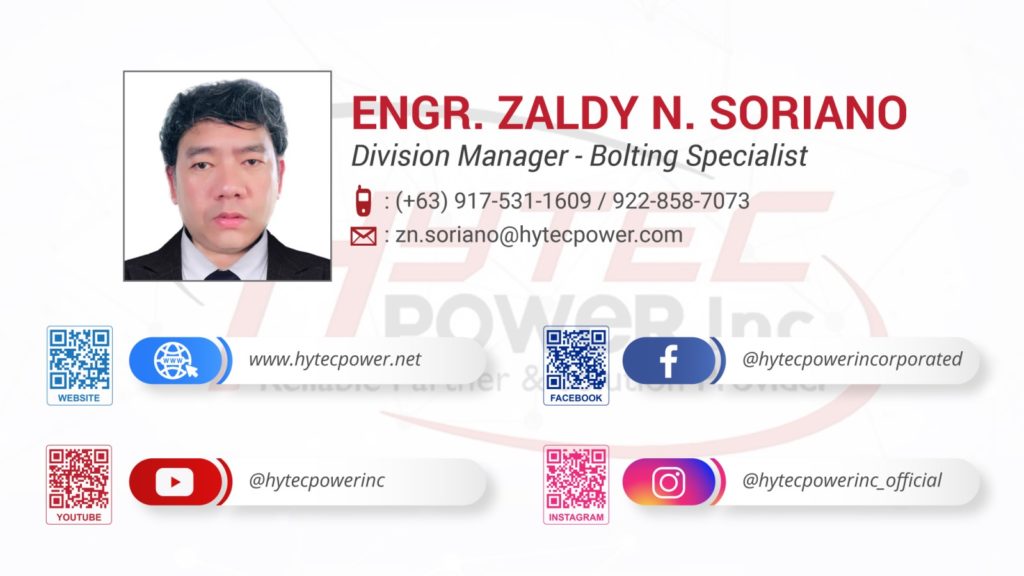
Everyone knows that stainless steel resists corrosion, but beyond that, an amazing range of half-truths and exaggerations have evolved – often misleading and sometimes simply wrong. This article examines some of the more common myths, explains why they are wrong, and more to the point, provides correct information.
MISCONCEPTION: There are only two types of stainless steel, 304 and 316.
FACT: There are hundreds of stainless steels from high strength duplex 2205 supporting bridges, to furnace ducts of ferritic 3/5Cr12 and the high temperature 310, but the most common types are the austenitic 300 series.
Stainless steels were invented a little over 100 years ago. The corrosion resistance, ease of cleanability, and bright appearance of stainless steels meant its compound growth since 1950 has been about 5% year-on-year. Because of the ease of forming and welding, about 70% of stainless steel use has been within the austenitic family. Within 30 years the accepted chromium level for good corrosion resistance settled at about 18% and “304” was born. Then stainless moved to the seaside and corroded, which led to the development of “316” by adding molybdenum. This in turn created the popular myth of two readily weldable and formable stainless steels despite the hundreds of austenitic grades recognized in standards.
About 25% of global use is seen in (mainly) thin sheet ferritic for cladding. The remaining 5% sees strong duplex, extra strong martensitic blades and wear resistance, and the precipitating hardening grades where strength/hardness is the priority.
MISCONCEPTION: 316 stainless steel is a marine grade and is suitable for seawater immersion.
FACT: Seawater has about 20 times the chloride level that 316 can withstand and it is worse if the surface is rough or has a crevice (such as a nut and bolt). Seawater suitable stainless steels are the super austenitic or super duplex grades.
316 is often referred to as the ‘marine grade’ but this simply means that, provided it has a good finish and is washed by rain or under a proper maintenance regime, it will remain bright and shiny. In seawater it will rust especially around hard fouling or crevices – think seashells or bolts – and even under deposits in the splash zone. Furthermore, in severe coastal applications where salty ocean spray is allowed to build up over time, 316 can visibly corrode.
MISCONCEPTION: If it has rust stains, it is not stainless steel.
FACT: Carbon steel contamination or choosing the wrong grade of stainless steel are the usual reasons for rust on stainless steels.
If the rust occurs within a few days or weeks, it is almost certainly due to carbon steel contamination from fabrication or the local environment. Longer initiation periods arise from surfaces that are too rough, aggressive environments (think 304 posts on a wharf), lack of washing (drainpipes under eves) or bar product that has not been passivated.
MISCONCEPTION: Stainless steel reinforcement will cause accelerated galvanic corrosion of carbon steel reinforcement.
FACT: In concrete, carbon and stainless steels have similar galvanic potentials.
Galvanic interactions occur between connected metals that have different potentials when immersed in a liquid that will cause one of them to corrode. Hence 304 bolts in a 316 panel immersed in tap water will not show galvanic effects despite the difference in potentials. In contrast, carbon steel will corrode more rapidly when coupled to copper or stainless steel in water. It is different in alkaline concrete as both stainless and carbon steel are at the same potential. It is common practice to use stainless steel reinforcement in tidal and splash zones or around penetrations and couple it to the rest of the carbon steel reinforcement.
MISCONCEPTION: Only non-magnetic stainless steels have good corrosion resistance.
FACT: Magnetism is not related to corrosion resistance.
Probably because the lower chromium stainless steels are all magnetic, e.g., the 3/5Cr12 utility grades or the 410 or 420 or 440 martensitic, a myth perpetuated that magnetism and corrosion resistance were related. And then along came duplex grades with their resistance to seawater (and more aggressive environments) plus a strong ferromagnetic effect. The weak magnetic effect of heavily cold worked 304 versus the negligible magnetic effect of cold worked 316 may also have contributed to the myth
MISCONCEPTION: Only non-magnetic stainless steels have good corrosion resistance.
FACT: Nickel only affects the microstructure form, NOT corrosion resistance.
Nickel is a friendly metal and is the predominant influence in turning ferritic stainless steel into austenitic or duplex grades depending on how much nickel is added. It has no effect on corrosion resistance to initiation of corrosion, which is how the integrity of stainless steel is judged.
MISCONCEPTION: Well-polished stainless steel does not require maintenance.
FACT: Maintenance is important for the long-term effectiveness of any product. Stainless steel requires minimal maintenance but relies on preserving its passive film with oxygen and water.
Maintenance of stainless steel is required i.e., cleaning to remove adherent deposits left after rain washing. High polish will ease maintenance cleaning, but in the long term, general grime can accumulate just like the detritus on coatings or concrete.
MISCONCEPTION: Using a 316 nut on a 304 bolt stops galling of fasteners.
FACT: Austenitic stainless steels are widely used for corrosion resistant bolting, but galling control requires consideration beyond materials selection, including hardness, design and quality control, lubrication and friction.
Galling of fasteners is simply the cold welding of clean stainless steel surfaces under load. It is worse with fine threads, tight clearances, poor profiles, lack of lubrication, accumulated dirt
and over-tightening. Because 304 cold works more than 316, the rule of thumb that a 10HB difference in hardness would prevent galling leads to the 304 cold rolled bolts and 316 machined nuts combination as a “solution”. It may work but the list of caveats above shows its limitations.
MISCONCEPTION: Stainless steel is expensive.
FACT: The initial capital cost of stainless steel material may be a few percent more but, when considering life-cycle costing, stainless steel delivers long-term performance with minimum downtime and low costs associated with maintenance.
Using stainless steel does not require coatings, has reduced maintenance requirements compared to repainting or patch repairs of coated or galvanised steel, and can either be repurposed or recycled after its practical life. For example, replacing galvanised steel with 304/316 stainless steel in one particular wastewater treatment plant reduced downtime for refurbishment or replacement from 22% to a mere 2%.
This article is featured in Australian Stainless Magazine Issue 73, 2021.
For inquiries contact Hytec Power Inc. PH Distributor

If you would like to discuss these products further, or how they can benefit your application, then please do give us a call.
